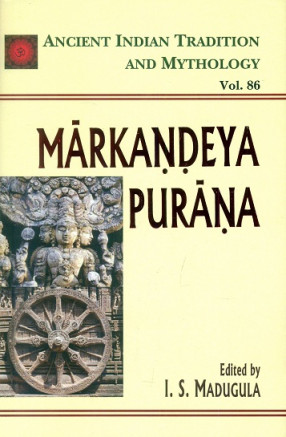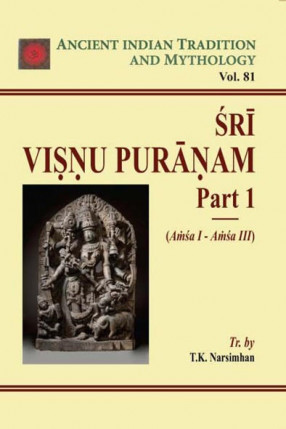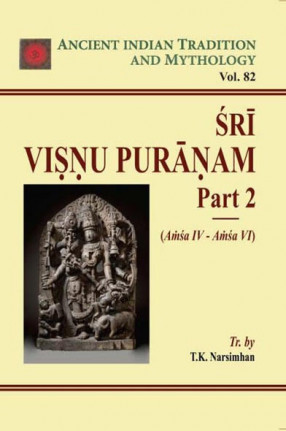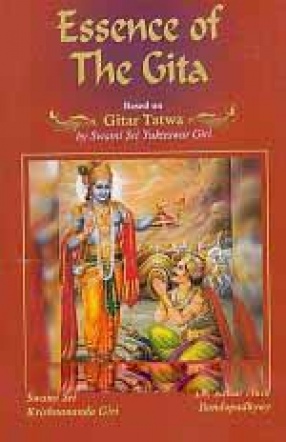Markandeya Purana: Ancient Indian Tradition and Mythology, Volume 86
One of the eighteen maha puranas (Great Epics) of antiquity, the Markandeya Purana stands out in many ways in the spiritual canon of India. Markandeya was an immortal rsi, who narrated this epic. Like the other epics, it describes lineages and delineates characters, but it adds a little something to the process along the way. It calls attention to itself first by being narrated by a duo of scholarly brahmins in the guise of birds. Epics are the recorded narratives of a people, an epoch a culture, and a set of community values. In the words of H H Wilson, quoted by Pargiter in the introduction to his translation, Markandeya Purana ….has a character different from that of all the others. It has nothing of a sectarial spirit, little of a religious tone; rarely inserting prayers and invocations to any deity; and such as are inserted are brief and moderate. It deals little in precepts, ceremonial or moral. Its leading feature is a narrative; and it presents an uninterrupted succession of legends, most of which when ancient are embellished with new circumstances, and when new partake so far of the spirit of the old, that they are disinterested creations of the imagination, having no particular motive, being designed to recommend no particular doctrine or observance. Whether they are derived from any other source, or whether they are original inventions, it is not possible to ascertain. They are most probably, for the greater part at least, original; and the whole has been narrated in the compiler’s own manner-a manner superior to that of the Purana in general, with the exception of the Bagavata.
Let’s note that:
The Markandeya Purana dates back to the early first millennium CE.
It is a unique narrative, containing a series of legends, not focusing on any particular philosophy. If anything, the concepts are from a pre-Sankara era of nondualism, with a hint of Sankhya cosmology.
Based on the content, it seems to comprise of five separate parts: chapters 1-9, 10-41, 42-79, 80-89 and 90-134. There are also questions about the sequencing of these parts.
The Bengal edition of the work ends at chapter 136; the Bombay edition has an extra chapter 137, which seems extraneous to the narrative.
A noteworthy feature of the purana is the embedded tribute to the Supreme in the feminine form, the highly popular Devi Mahatnyam constituting chapters 81-92. It is believed to be a later interpolation.
The purana is believed to have originated in the western part of India in the vicinity of the Vindhya range around the river Narmada.
Get it now and save 10%
BECOME A MEMBER










Bibliographic information